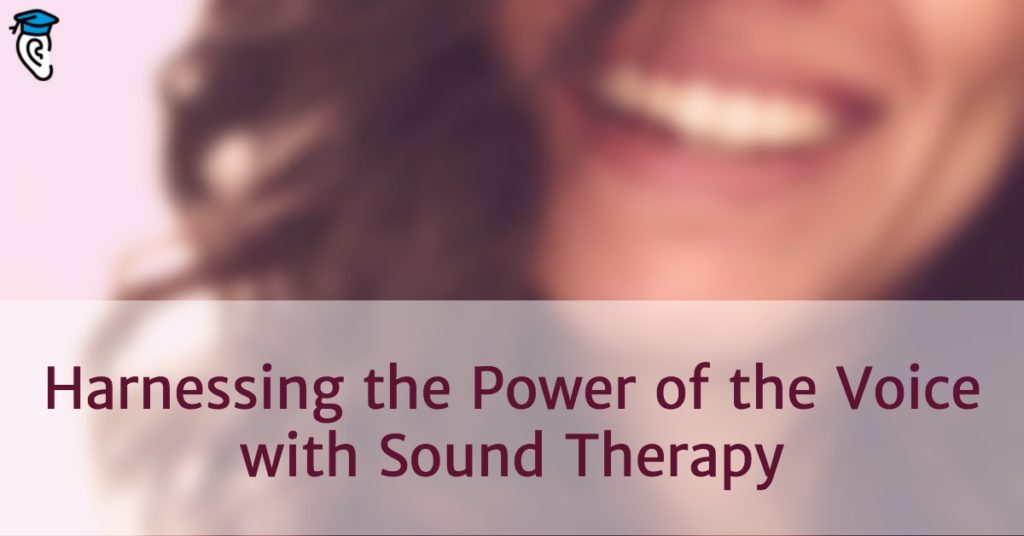Sound therapy is a relatively new healing technique that employs the vibrations of the human voice to go beyond relaxation and foster healing. Some sound therapists use external instruments, such as tuning forks or singing bowls. However, there is no tool more powerful for healing than the human voice…
We recently asked Belgian singer and sound therapist Patricia PE Janssen, founder of the company Constig, about her practice.
This is a summary post.
→ Read the full interview
Teaching Sound Therapy – by Accident
At first, Patricia didn’t set out to be a sound therapist. She was actually running a voice studio in Belgium when the idea came to her. At her studio, people would often request group sessions instead of individual singing lessons. Yet, it turned out to be difficult to offer “real” singing lessons to groups so she designed a workshop based on relaxation exercises instead. Patricia soon discovered that these classes proved to not only release vocal tension but physical tension in her students, as well.
A Holistic Approach to Sound Therapy
Patricia’s holistic approach to sound therapy involves finding and accepting your own voice, which is more than just your vocal folds – it’s an an integral part of yourself. Instead of using external sound instruments to practice sound therapy as some of her colleagues do, Patricia chooses to use the human body as the ultimate healing tool.
In addition to employing insights and techniques based on scientific research, some other methods that Patricia uses in are the Lichtenberger Method (also known as “sound-related singing”), the Linklater Voice Training Technique (which frees the natural voice), and exercises that she has developed on her own.
Benefits of Sound Therapy
Sound therapy allows you to work through any internal emotional issues by way of the observation of your inner self. This is all accomplished without having to consciously explain them, be someone else and without any pressure from the outside world. There are thought processes occurring in your subconscious about which you may be unaware, and sound therapy helps you to learn about them. Connecting to these subconscious thoughts with sounds can be very freeing, as it’s often very hard to talk about certain life events or to even acknowledge them consciously.
After allowing yourself to live through your emotional issues, fears and limitations via your own sound, you are better able to accept them as part of who you are. As a result, you will feel relieved and reconnected to your true self. Using your voice in such a powerful way helps you to make greater contributions to the world because you are no longer afraid of allowing your voice – yourself – to be heard.
The Body is an Instrument
You may have heard a singer’s body being referred to as their instrument before. This is because singers are storytellers that use other people’s words and pitches to convey a story to an audience through the voice. The outside world has an impact on singers, which in turn impacts their voice or performance and therefore the way the audience hears the story. Singers tend to always be aware of themselves, much the same way sound therapy helps you to be aware of your own voice. If a singer has an “off day” or even just had good news, it will make a massive difference in how they perform on stage.
Sometimes it can be very difficult to master a song that a singer has somehow experienced themselves and emotions may run deep, especially during a performance. Through self-awareness, some singers are able to transform their pasts into a piece of art – while accepting themselves along the way. Bringing the message of the story to the audience and being able to touch or move them is the greatest reward there can be for a singer.
Harnessing the power of the human voice through sound therapy can have deep and lasting benefits. Understanding that your body is an instrument helps you to free your voice and use it to fully express yourself in your work and personal life. Through sound therapy, you just might be able to find the authority of your own true voice – and self.







